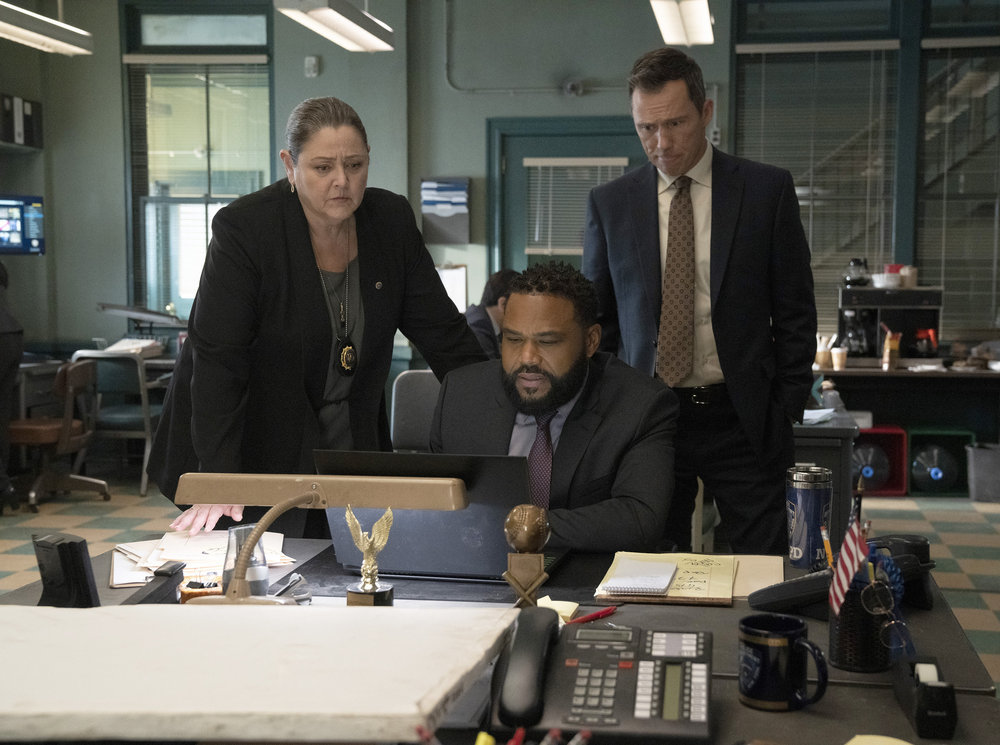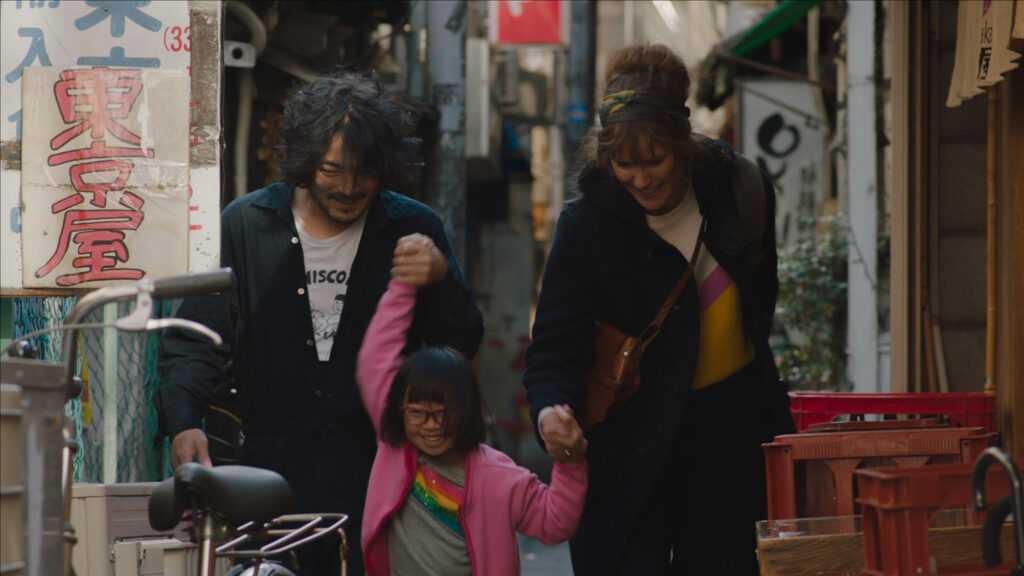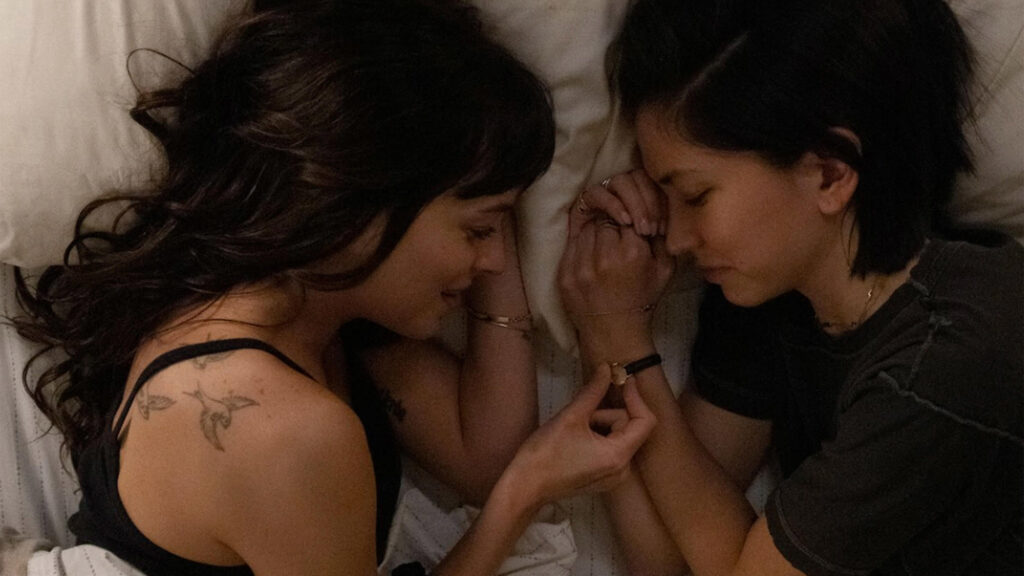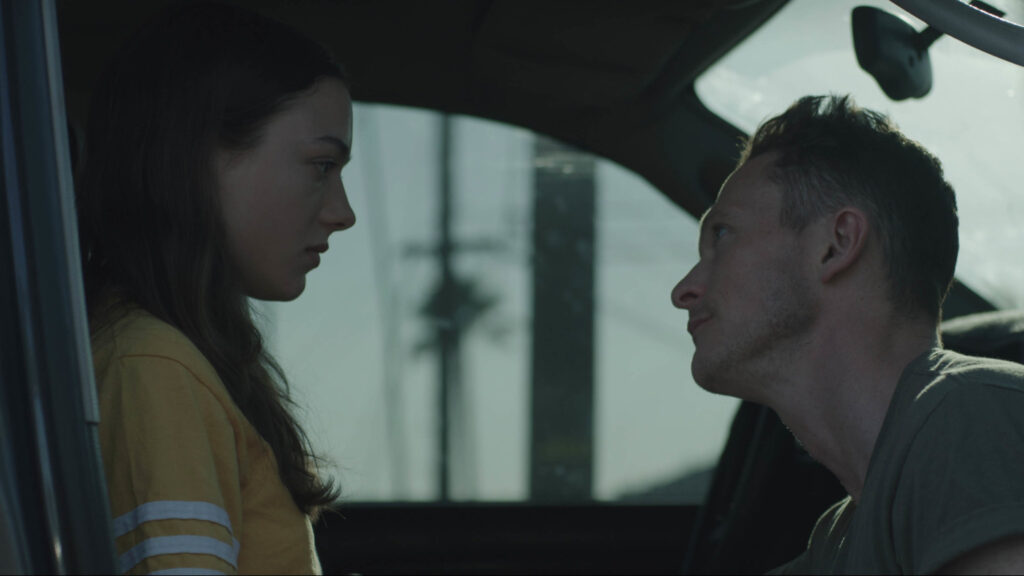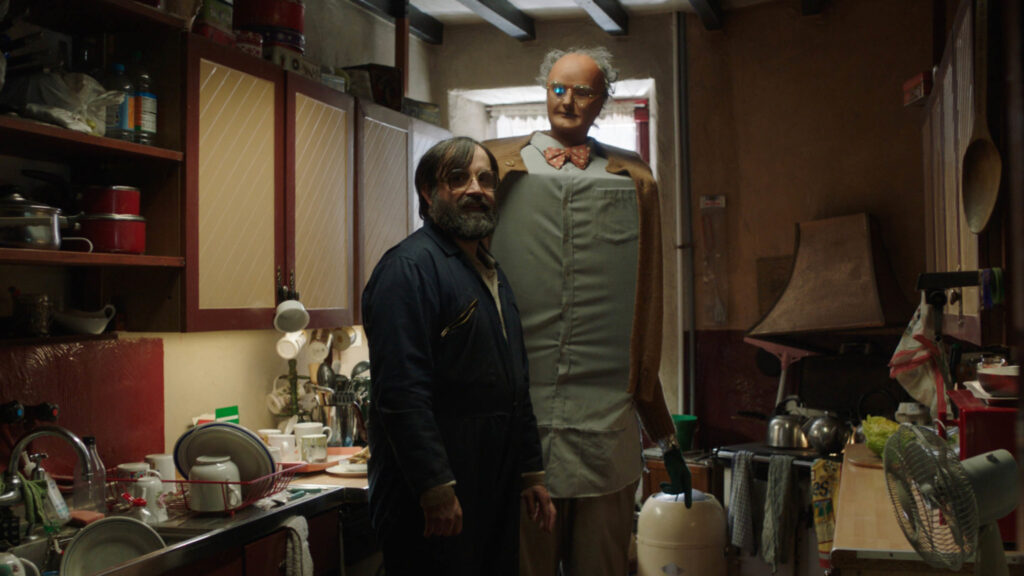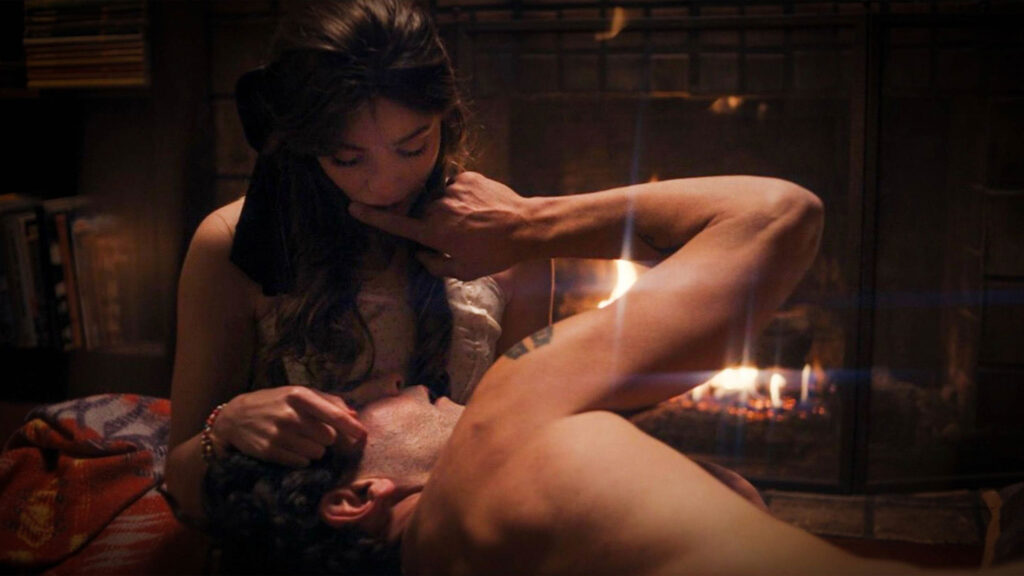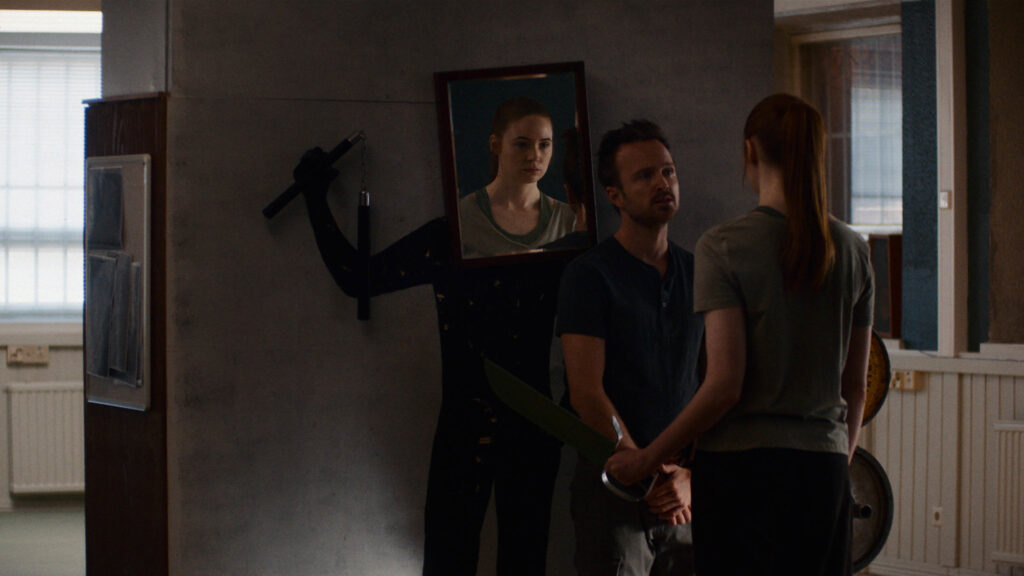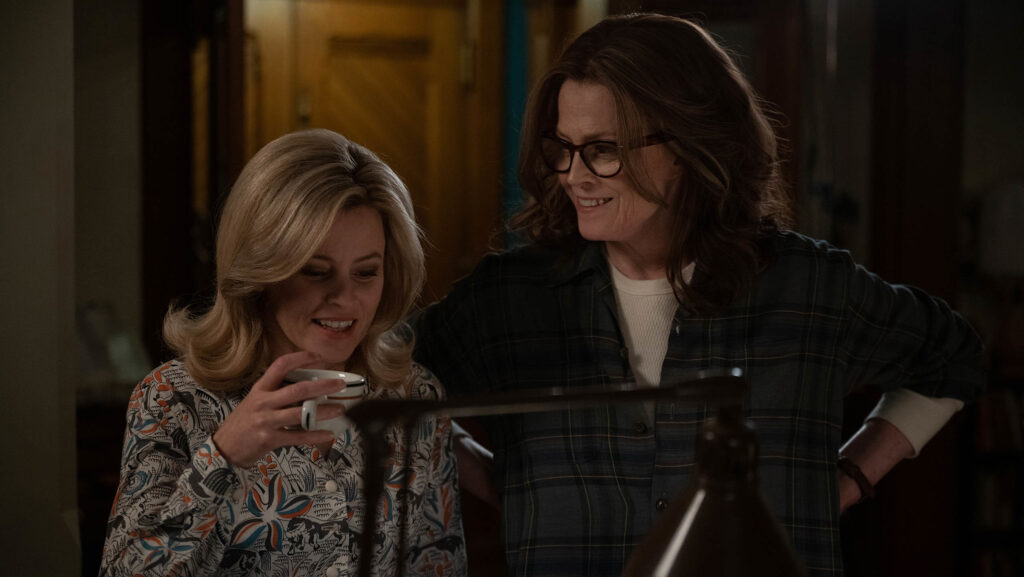Law & Order hasn’t changed a bit
Written by Ian Thomas Malone, Posted in Blog, Movie Reviews, Pop Culture
Streaming television barely existed when the original Law & Order wrapped up its first run in 2010. For all the ways the TV landscape has changed in the past twelve years, the broadcast networks have still largely carried on with business as usual. NBC deprived Law & Order of the chance to surpass Gunsmoke as the longest-running live-action series of all time, a milestone later toppled by its own spinoff, Law & Order: Special Victims Unit. Longevity has become quite common on network television, with many shows within reach of a record that held for more than four decades.
Crime procedurals, a genre older than television itself, remain network television’s bread and butter. Whatever threats streaming posed to lucrative syndication packages haven’t exactly stifled their population, an abundant modern landscape that owes much to Dick Wolf and the format he perfected. Law & Order returns to a television world that’s largely still defined by its legacy.
There have been dozens of reboots, revivals, and sequel series over the past few years, an industry increasingly looking to nostalgia rather than innovation. The rigidity of Law & Order’s format hardly allows the show to spend much time looking inward at its own zeitgeist, not when investigation and prosecution have to share the same single episode. There simply isn’t time for the kind of existential introspection other shows like And Just Like That are forced to confront.
Dick Wolf assembled a pretty impressive cast for his revival. Longtime TV veterans Camryn Manheim, Hugh Dancy, and Jeffrey Donovan join L&O veterans Sam Waterston and Anthony Anderson. The main cast is rounded out by Odelya Halevi, the sole relative unknown performer, an unusual dynamic for a series with a format so recognizable that it’s hardly in need of star power.
There is much to enjoy in seeing so many TV stars play within the rigid confines of Law & Order’s meticulous structure. The pacing is a bit off, particularly with the detectives, whose scenes feel quite rushed. The original L&O has never cared much for character development, especially compared to SVU or entries in Wolf’s related Chicago franchise, putting strain on efforts to define Donovan’s Detective Frank Cosgrove as a shady cop willing to skirt professional lines to nail a suspect.
Efforts to comment on police brutality and racial injustice largely land with a thud. No one should be surprised that Law & Order remains unabashedly pro-cop, albeit from a position of increased self-awareness. The awkward balancing act between the blue line and the show’s penchant for “ripped from the headlines” social issues is most apparent through Anderson and Donovan’s awkward chemistry, the latter channeling his Burn Notice flair a bit too often when everyone else seems to have understood the assignment.
Dancy is the real standout of the twenty-first season. As ADA Nolan Price, Dancy has a bit more space to explore the philosophy of justice than the detectives, a far meatier role than what’s tolerated for Manheim, Anderson, and Donovan. Waterston predictably hasn’t lost a beat as McCoy, enjoying the backseat role of DA that he assumed in the original one’s final few years.
Resisting evolution at all costs, Law & Order’s top-notch cast gives viewers more than enough reason to tune in for the revival. It is the exact same show it’s always been, perhaps armed with too impressive an arsenal of performers for a bare-boned procedural. The actors bring their A-game in service to largely one-dimensional characters.
The show nailed its one mandatory objective for a revival. This feels exactly like old-school Law & Order. The cast is way more stacked than it needs to be, but that’s also part of the beauty. TV doesn’t need more Law & Order the same way it doesn’t need more seasons of SVU, NCIS, Grey’s Anatomy, or any other show that’s gone on way too long. Necessity doesn’t factor into this equation.
It’s not perfect, but it is very fun. Law & Order reminds its viewers of the simple pleasure of sitting down in front of your TV for an hour of predictable, satisfying entertainment. There are better shows out there, but there’s a reason L&O airs a billion times a day. Like a perfect black dress, Dick Wolf reminds us that classic never goes out of style.





